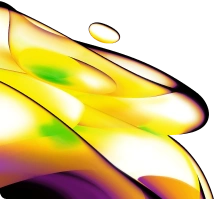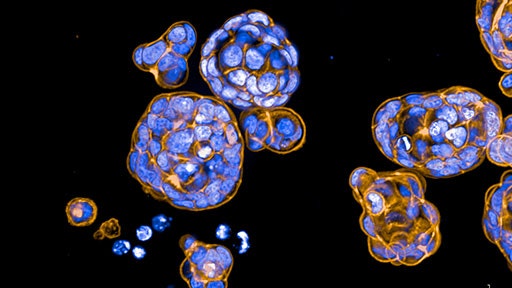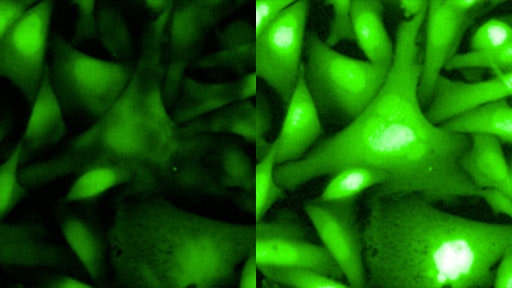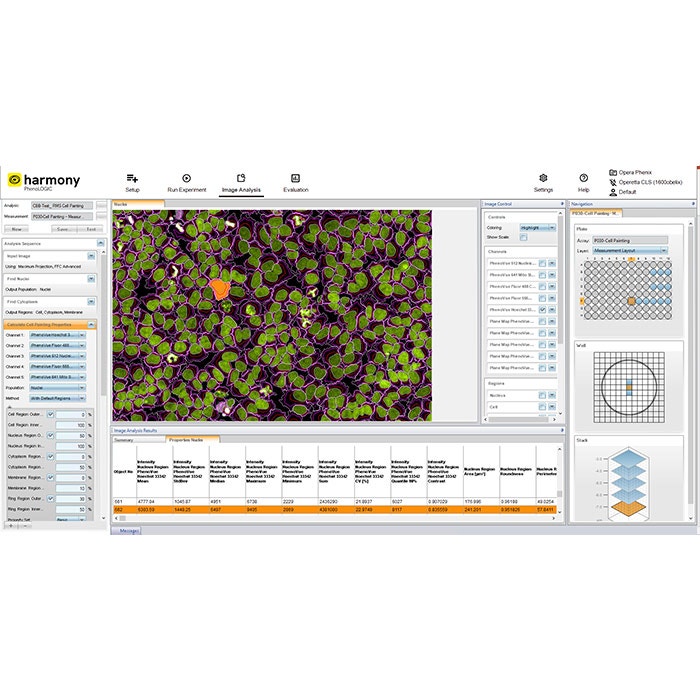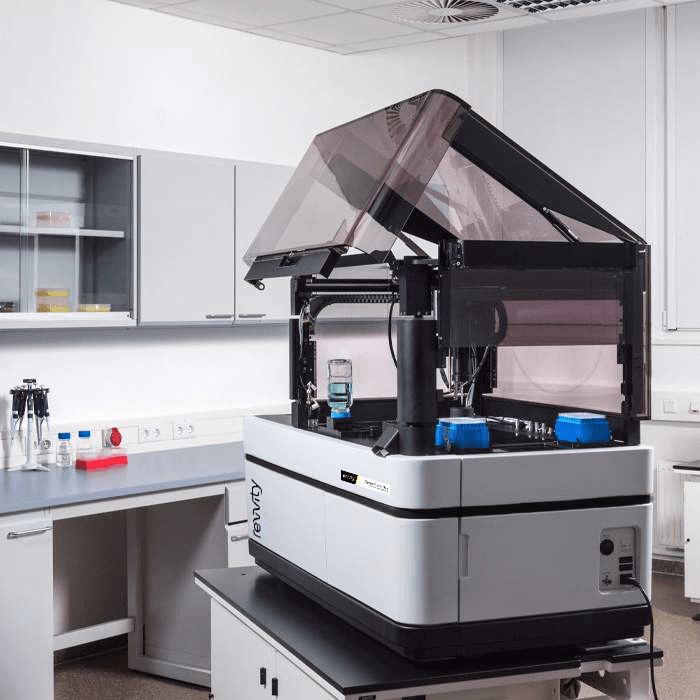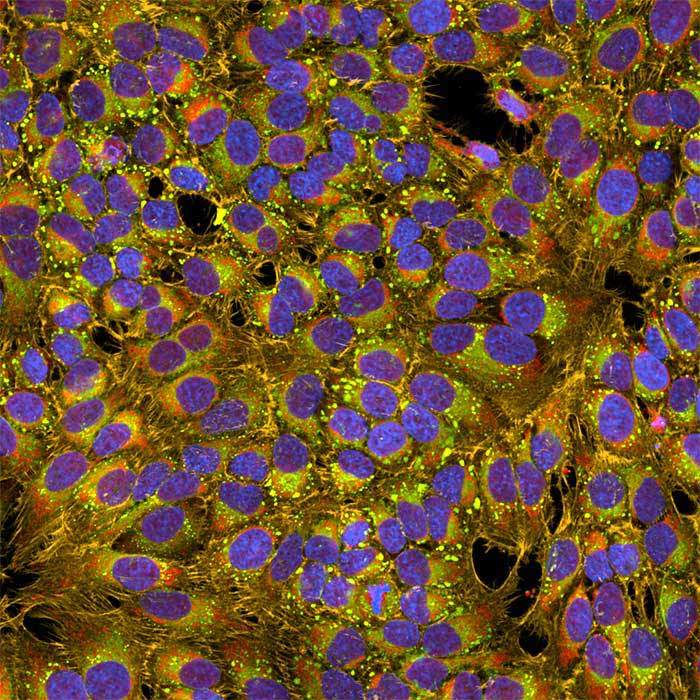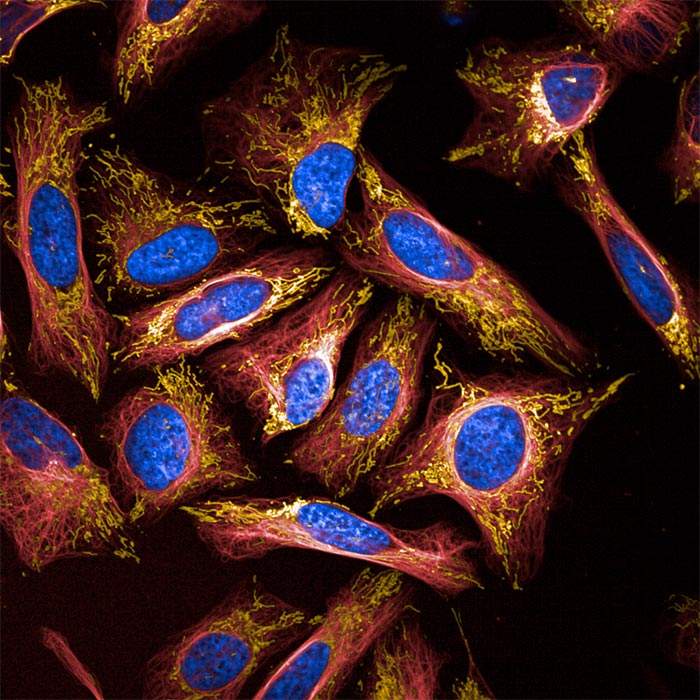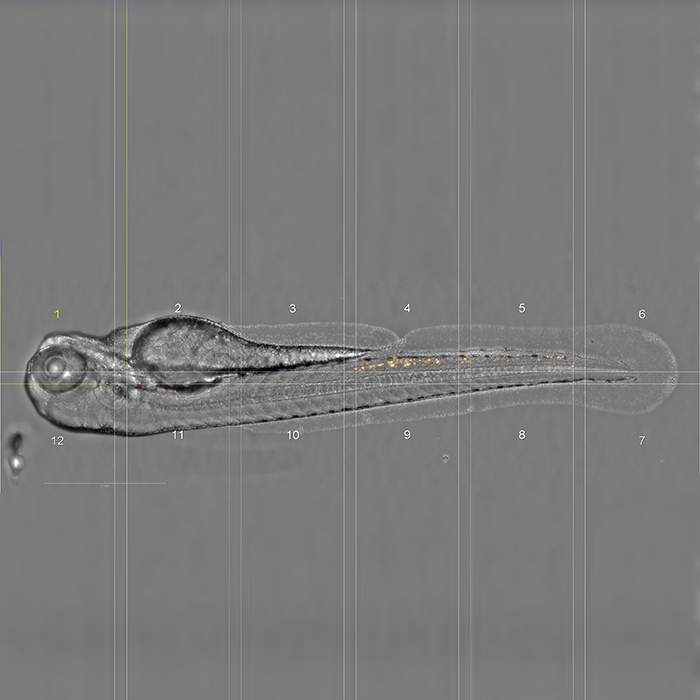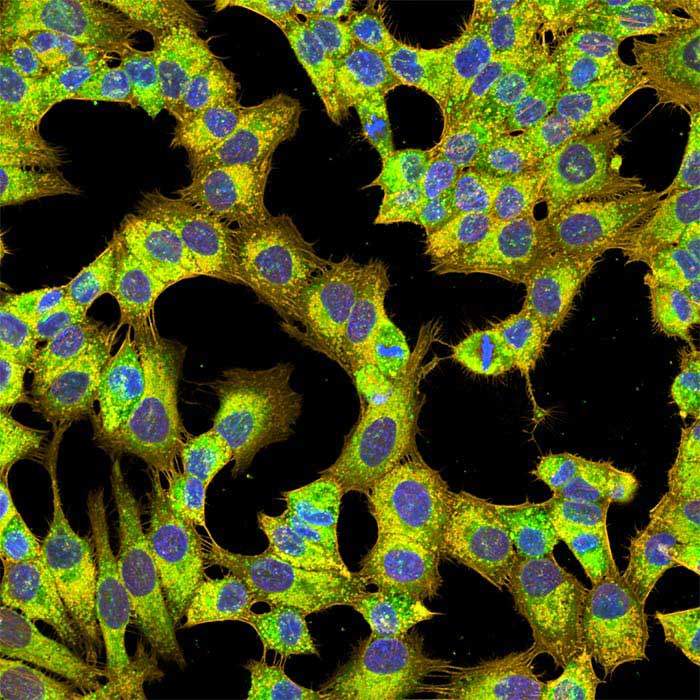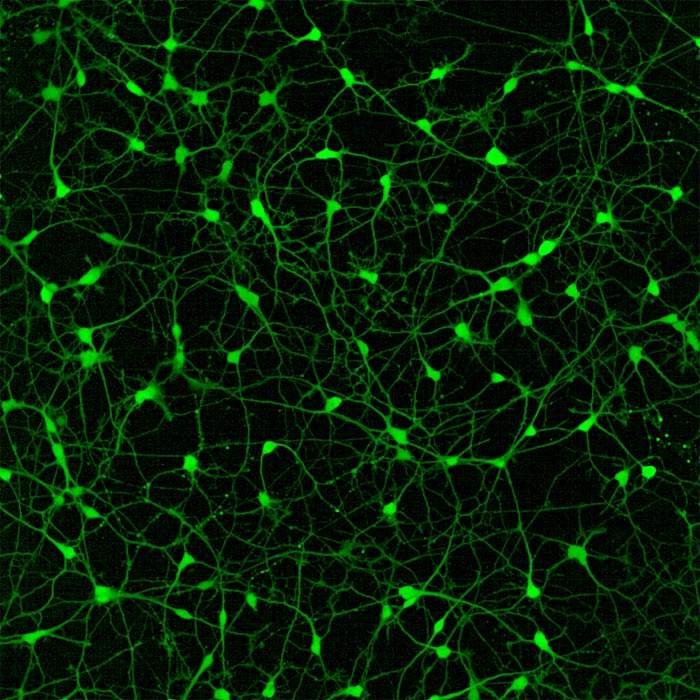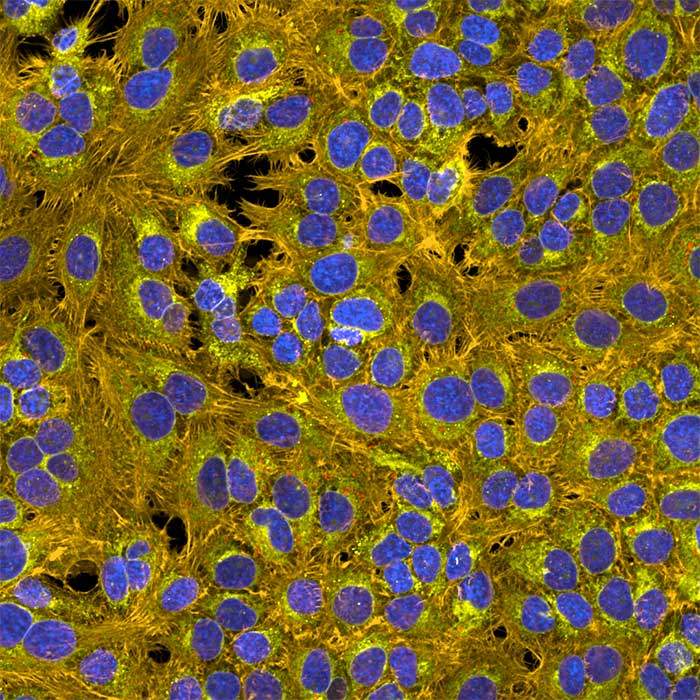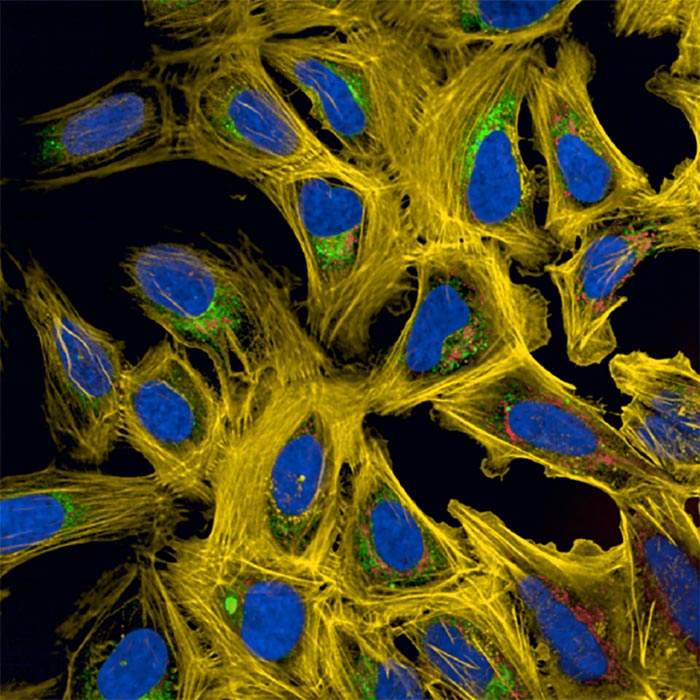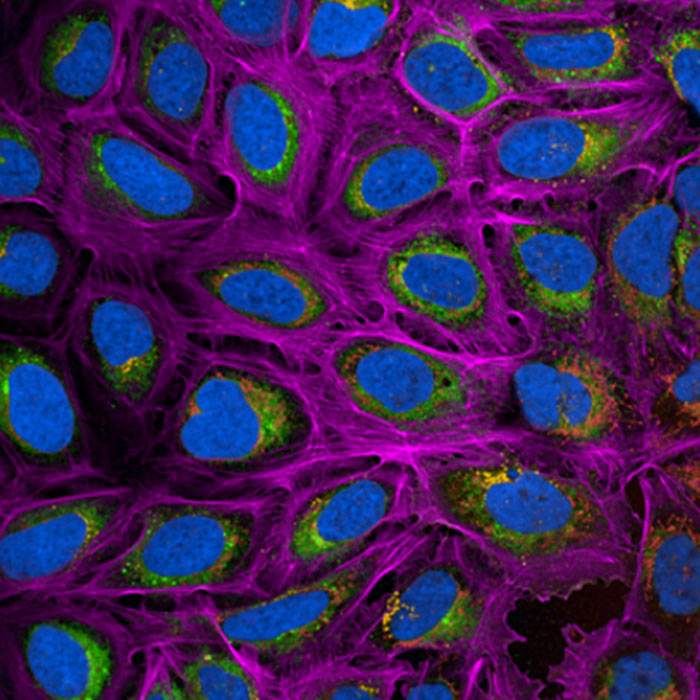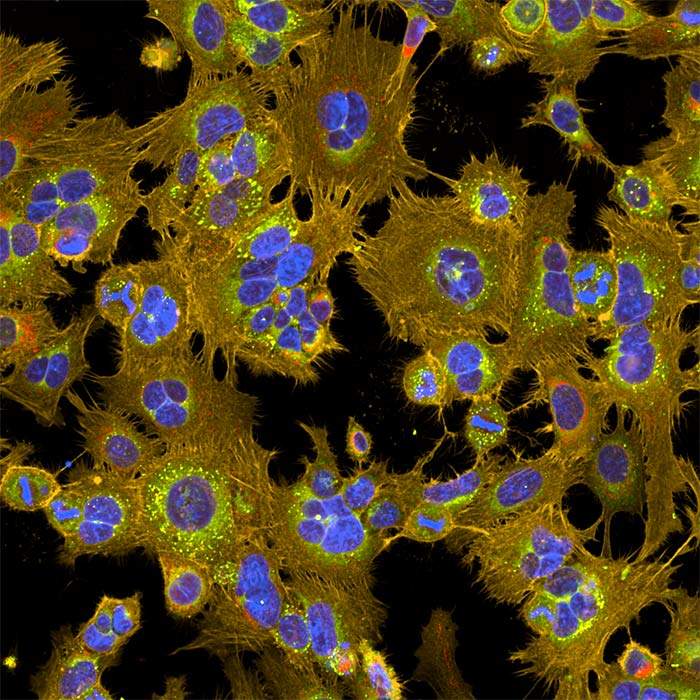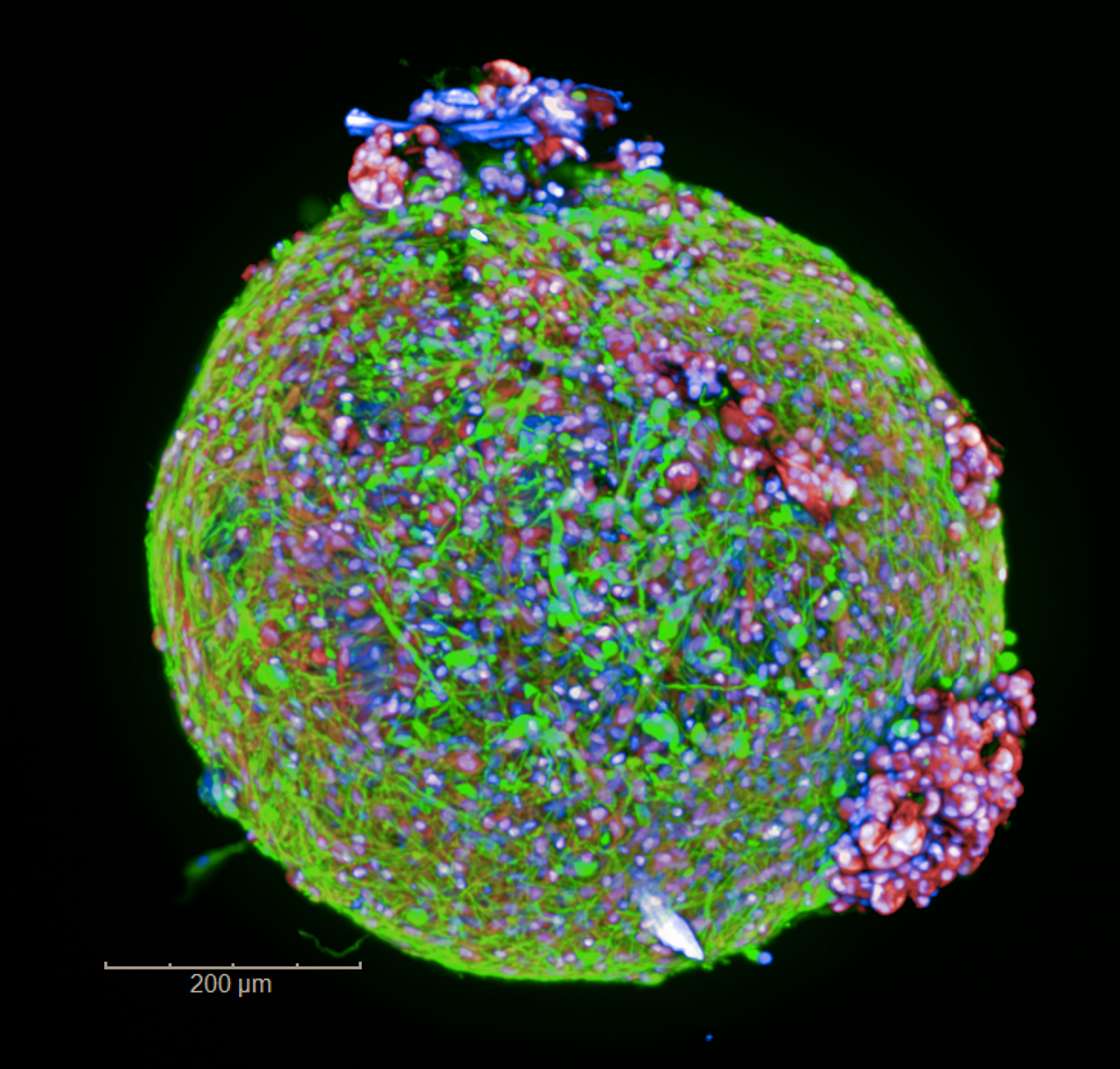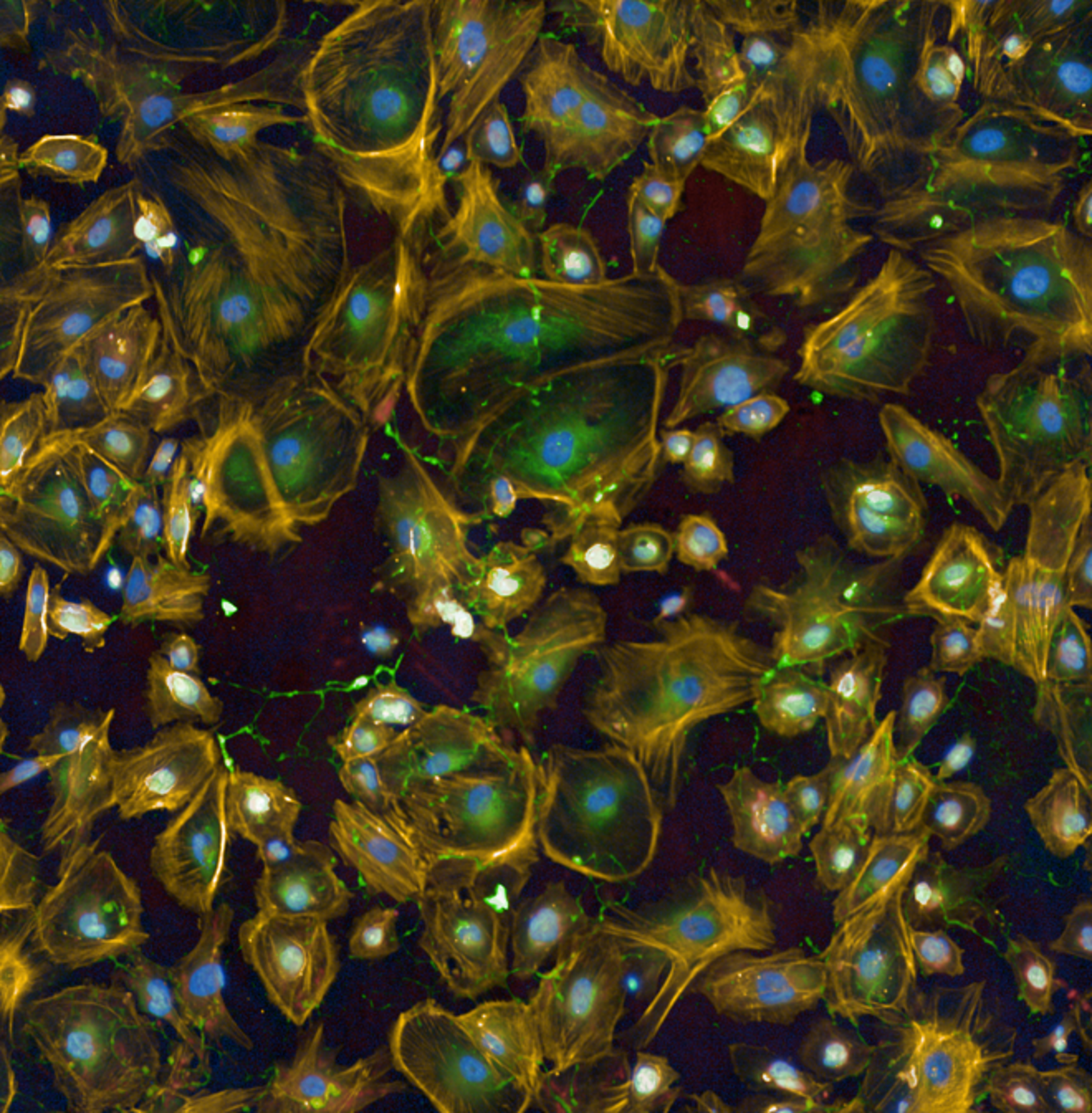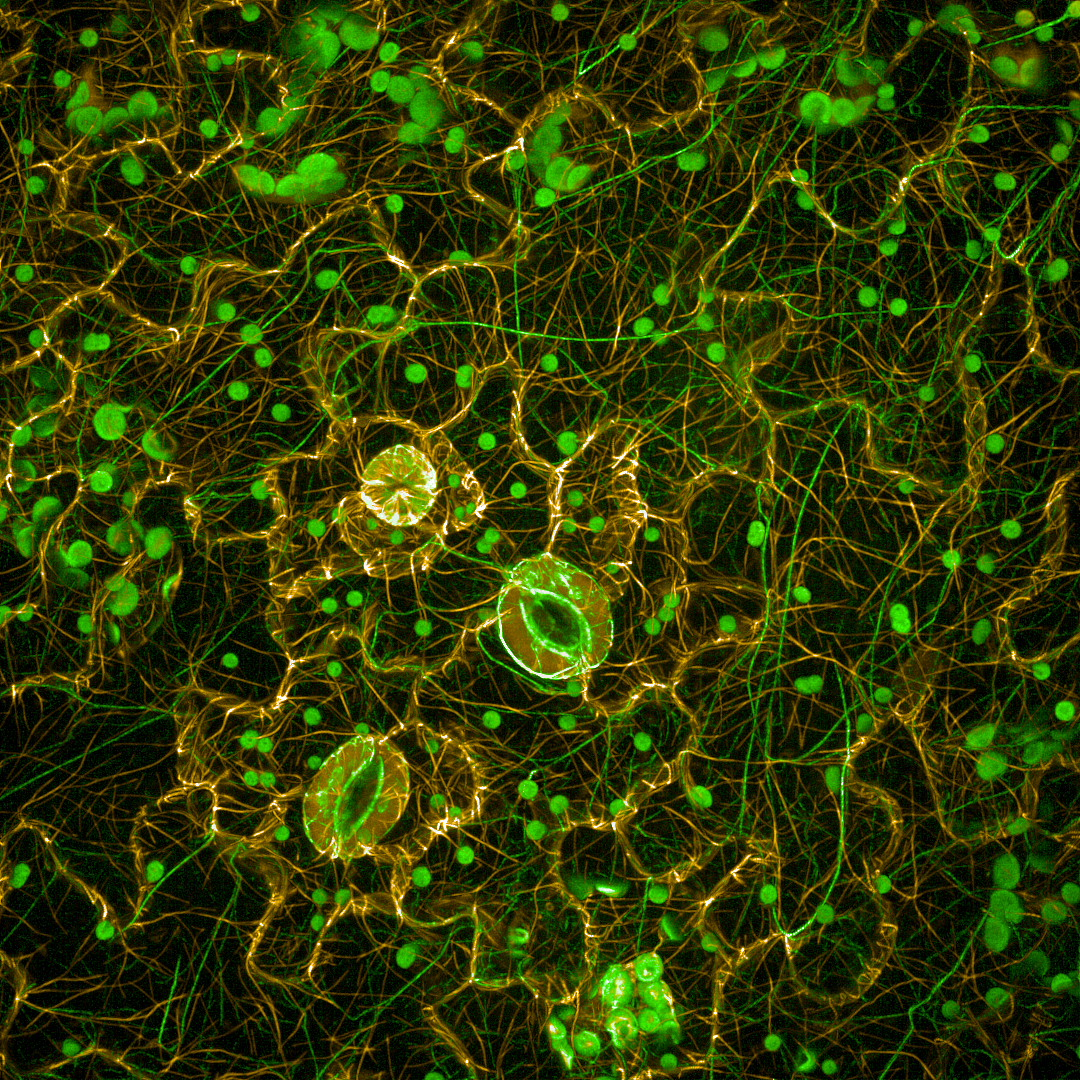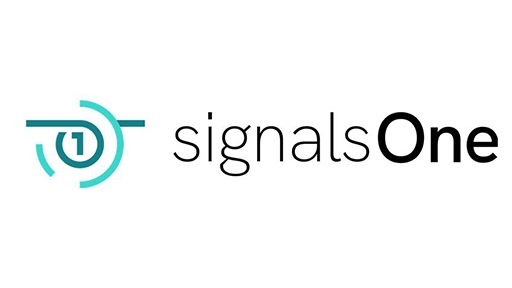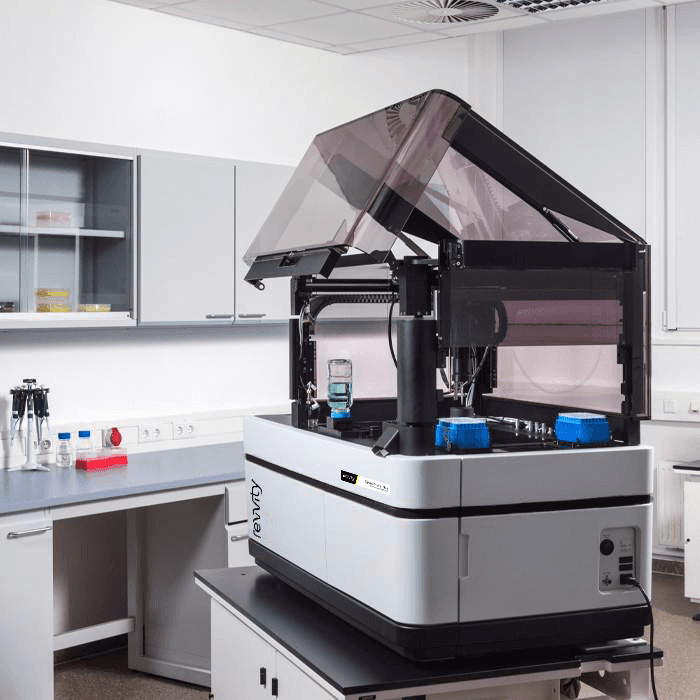

Opera Phenix Plus High-Content Screening System
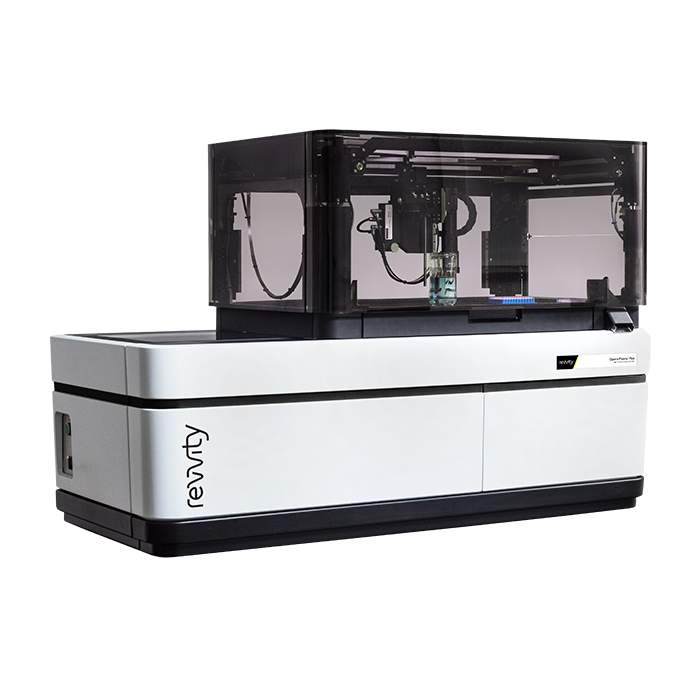

/poster.jpg?format=auto&width=40&height=40)
/poster.jpg?format=auto&width=40&height=40)




/poster.jpg?format=webp&width=40&height=40)
/poster.jpg?format=webp&width=40&height=40)






/poster.jpg?format=auto&width=40&height=40)
/poster.jpg?format=auto&width=40&height=40)



Unlock deeper insights with the Opera Phenix Plus high-content imaging system
Make meaningful discoveries faster with our advanced high-content imaging solutions.
Discover more
High content imaging provides a greater depth of information than other approaches, allowing you to explore cellular processes in detail.
Quantify in detail
Analyze phenotypic changes at scale, from single cells to entire populations. High-content imaging empowers detailed quantification.
Enhance 3D imaging
Water immersion objectives elevate 3D image quality, revealing intricate details within complex biological structures.
Boost throughput
Add more cameras to increase speed and efficiency. High-content imaging accelerates your research pipeline.
Video overview
Key features
Increase imaging speed by using multiple cameras and simultaneous acquisition, especially for extensive stacks for 3D models.
Microlenses increase the excitation efficiency allowing for a bigger pinhole to pinhole distance thereby reducing out of focus light in confocal imaging.
Improve image quality and get better data by enhancing the signal and improving the z resolution while capturing more light.
Combine a microlens-enhanced pinhole disk with dual-view confocal optics. This minimizes spectral crosstalk during simultaneous acquisition by separating fluorescence excitation and emission. Provide greater speed and higher sensitivity.
Easily create algorithms without being an image analysis expert using our PhenoLOGIC proprietary machine-learning technology.
Image only the objects you are interested in, centered at high magnification, thereby reducing imaging time and data size.
Harmony™ high-content imaging and analysis software can make you more productive faster with ready made templates and simple steps to a custom analysis.
Explore your cell models by visualizing them in a 3D- and an XYZ-viewer and quantify volumetric and other 3D related phenotypic readouts.
Applications

Micro Physiological Systems (MPS)
Deepen understanding of 3D cell models with clearer images that reveal critical features and processes.

Functional genomic screening
Create genetic evidence with ease by phenotyping cellular response to thousands of gene manipulations in a single experiment.

Cell painting
Simplify multiparametric screening with out of the box reagents and analysis to reduce complexity (and create more time for you to focus on the science).
What our clients say about us
Opera Phenix Plus family: typical configurations
Opera Phenix Plus Single
The same sensitivity and resolution as the rest of the Phenix family, with the ability to upgrade later with additional cameras.
Opera Phenix Plus Simultaneous
Higher speed, dual-camera system for multi-color, simultaneous confocal image acquisition and fast multiplexing.
Opera Phenix Plus FRET
With its five lasers and four-camera setup, it supports CFP/YFP FRET applications to map protein-protein interactions.
Opera Phenix Plus Screener
The ultimate in throughput and performance, it delivers four cameras and four higher powered lasers - supporting screening of large libraries.
Configuration details
| Single | Simultaneous | FRET | Screener | ||
|---|---|---|---|---|---|
| System Options | Number of cameras | 1 | 2 | 4 | 4 |
| Camera upgrade path | 2 or 4 cameras | 4 cameras | - | - | |
| Automated water immersion lenses | ✔ | ✔ | ✔ | ✔ | |
| Transmitted light | ✔ | ✔ | ✔ | ✔ | |
| Environmental control | ✔ | optional | ✔ | optional | |
| On-board liquid handling | optional | optional | optional | optional | |
| Robotics/automation compatible | ✔ | ✔ | ✔ | ✔ | |
| Emission filters | 8 | up to 16 | up to 14 | up to 14 | |
| Acquisition speed | 2D/3D | +/+ | ++/++ | +++/++++ | +++/++++ |
| Lasers | 375/425 nm | - | - | ✔ | - |
| 405 nm | ✔ | ✔ | - | ✔ | |
| 488 nm | ✔ | ✔ | ✔ | ✔ | |
| 561 nm | ✔ | ✔ | ✔ | ✔ | |
| 640 nm | ✔ | ✔ | ✔ | ✔ | |
| Imaging modes | Synchrony optics for minimized simultaneous imaging cross talk | - | ✔ | ✔ | ✔ |
| Multi-color fluorescence imaging | ✔ | ✔ | ✔ | ✔ | |
| Multi-color simultaneous confocal imaging | - | ✔ | ✔ | ✔ | |
| 3D imaging | ✔ | ✔ | ✔ | ✔ | |
| Brightfield and digital phase contrast | ✔ | ✔ | ✔ | ✔ | |
| Fluorescence widefield imaging | ✔ | ✔ | ✔ | ✔ | |
| Ratiometric FRET* | + | + | ++ | + | |
| Fast frame rate imaging | ✔ | ✔ | ✔ | ✔ |
*CFP/YFP or spectrally similar pairs
Image acquisition and analysis simplified with Harmony software
Intuitive workflow
Harmony™ software offers an intuitive user interface that guides you from image acquisition to analysis and evaluation.
Templates for quick set-up
Templates allow you to set up acquisition channels and parameters efficiently.
Ready-made solutions
Choose from pre-built solutions for common image analysis tasks, simplifying your workflow.
Customizable building blocks
Create, configure, and customize your own high-content analysis applications using image analysis building blocks.
Advanced features
Harmony™ includes advanced analysis capabilities, such as texture and STAR morphology analysis, providing detailed descriptions of cellular morphology and robust differentiation of phenotypes.
Data management
The software automatically stores analysis results and metadata, including assay layout, instrument settings, and user-defined keywords and annotations.
Image gallery
Opera Phenix Plus liquid handling module
×Progress faster with our verified solutions
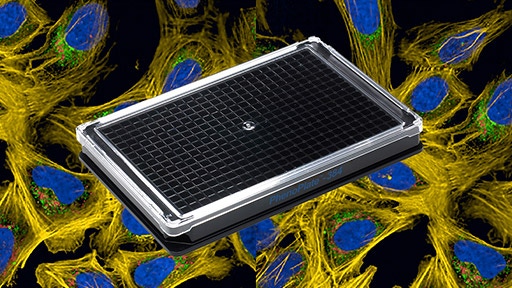
Microplates for high-content imaging
Utilize PhenoPlate™ 384-well microplates designed for optimal performance in high-content imaging applications. Employ CellCarrier Spheroid ULA plates for 3D cell models.

PhenoVue cellular imaging reagents
Ready-to-use kits and reagents with straightforward protocols. Extensively tested to provide optimal formulations and long-term stability.
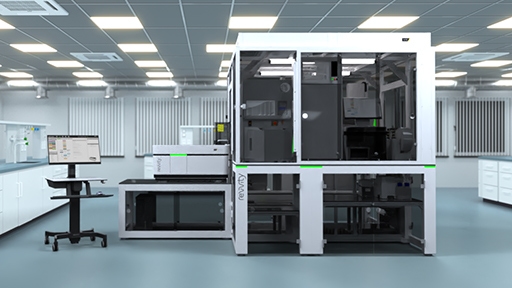
Automation and workstations
Improve throughput, productivity, and reduce variability and reagent costs. Benefit from automated workflows using the explorer™ G3 workstations for cell painting, 3D cell culture, or phenotypic screening.

Efficient data management
Export results automatically into the Image Artist™ platform that uses high performance computing and an industry standard object store to provide a scalable, multi-user solution for image analysis and management.
Product information
Overview
Opera Phenix Plus high-content screening system for your most demanding high-content applications.
- Modular design adapts to your changing application needs.
- Enhanced speed using a dual - or four-camera configuration with simultaneous imaging.
- Synchrony Optics™ combines a microlens-enhanced Nipkow spinning disk with a pinhole distance optimized for thick and 3D samples.
- Dual-view excitation of neighboring spectral channels minimizes crosstalk.
- Custom-designed high-NA water immersion objectives capture more photons and provide high-image resolution even in thick samples.
- Fast imaging frame rate of up to 100 fps and optional pipettor module captures fast cellular responses.
Specifications
| Dimensions | 134.0 cm (W) x 65.0 cm (D) x 47.0 cm (H) |
|---|
| Automation Compatible |
Yes
|
|---|---|
| Brand |
Opera Phenix Plus
|
| Imaging Modality |
Brightfield
Confocal
Digital phase contrast
Fluorescence
|
| Unit Size |
1 unit
|
Video gallery
/poster.jpg?format=auto&width=40&height=40)
/poster.jpg?format=auto&width=40&height=40)



/poster.jpg?format=webp&width=40&height=40)
/poster.jpg?format=webp&width=40&height=40)



/poster.jpg?format=auto&width=40&height=40)
/poster.jpg?format=auto&width=40&height=40)



Citations
Resources
Are you looking for resources, click on the resource type to explore further.
More than ever, researchers are turning to 3D cell cultures, microtissues and organoids to bridge the gap between 2D cell cultures...
High-content assays using 3D objects such as cysts or organoids can be challenging from the perspectives of both image acquisition...
Multicellular 3D “oids” (tumoroids, spheroids, organoids) have the potential to better predict the effects of drug candidates...
Targeted protein degradation (TPD) is an emerging drug discovery modality that offers the potential to probe biological pathways...
Explore our Technical Note unveiling a robust workflow for advanced cytotoxicity analysis in 3D cell cultures. This method...
In this case study, we present a novel method developed by researchers at the CeMM Research Center for studying protein levels and...


Recently viewed
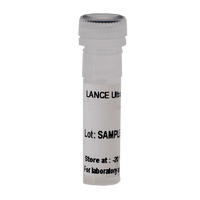
How can we help you?
We are here to answer your questions.

